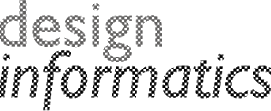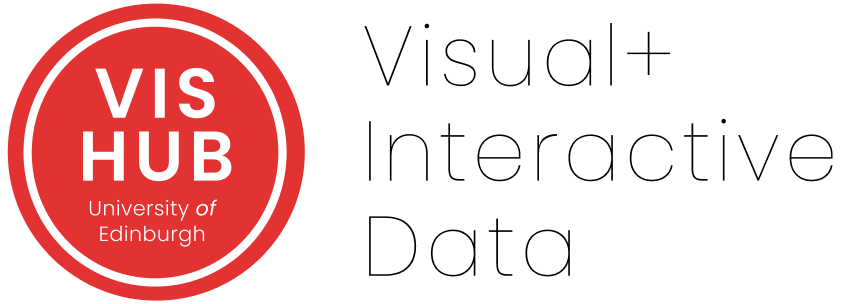
Overview | Outcomes | What we teach | Submit a Challenge | Contact



What are we teaching students in the course?
Through a series of lectures, practical sessions, and a group project, the course introduces to the importance of data, the details of how to work with it in a robust, communicative and defensible manner, and the computational grounding that underpins this work.
The course covers the following concepts:
- simple descriptive statistics
- exploratory visual analysis
- finding, combining and relating datasets (data wrangling)
- understanding of Open Data
- how to draw inferences from data
- use data visualization for both exploration and presentation, drawing on techniques from data journalism
- understand the ways in which data relates to the world: the social and political structures of its collection and use, personal data, aesthetics and communication of findings.
- data ethics and data protection
Course structure
- The beginning of the course is focussed on basic programming in Python and data handling skills.
- students start out individually, making sure that everyone has competence with basic programming and data handling activities. This will lead to Assignment 1, which is an individual piece of data analysis.
- In Week 4, students will form teams of three-four around a particular data challenge, provided by an external partner who brings interesting research data and analysis questions. This project will carry on for the rest of the course.
- The second assignment will also be carried out individually, but based on a group’s data. This assignment shows that everyone had developed a self-led practice around data, and also works as the exploratory data analysis for your project.
- As the course progresses, we look at the wider issues around working with data, from sketching and visualisation, through ethics, to finding modelling and classifying data.
- The third assignment is a group project, demonstrating your ability to communicate what you have found in the data in a rich and appropriate manner.